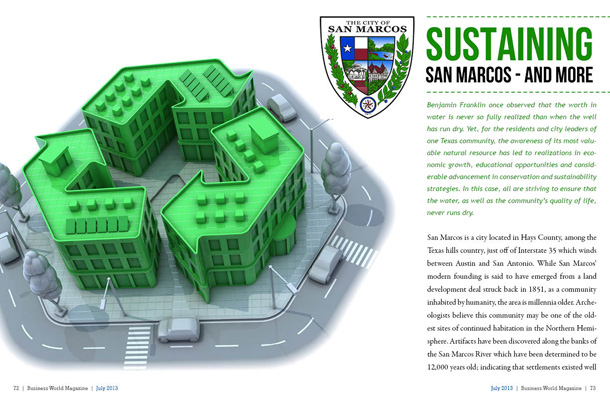David Uren
THE Reserve Bank’s November rate hike sparked a national fall in house prices with further declines likely over the year ahead.
Prices had been flat for the five months since the previous rate hike in May but slipped 0.2 per cent in November.
Although some regions are performing better than others, house prices have now fallen in all state capitals since May with property markets showing signs of weakening further.
New lending figures released by the central bank yesterday show that growth in home lending to owner-occupiers has fallen to 7.3 per cent, its lowest level in the 20 years figures have been kept and little more than half the average growth of 13 per cent. The Rismark-RP Data house price index shows the market is weakest in Perth, where average prices have fallen by 4.9 per cent, or almost $25,000, since May.
Average apartment prices in Perth are down $44,000. Home buyers in Perth have seen no capital appreciation since August 2007. Prices are also very weak in Brisbane, having dropped 2.3 per cent, or $11,000, since their peak in May, with a 0.5 per cent fall in November.
The market has been strongest in Melbourne, but even there, house prices are now 0.35 per cent below their May peak. The apartment market in Melbourne is still showing some growth, as it is in Sydney. But house prices in Sydney fell 0.24 per cent in November and are now 0.76 per cent below the peak.
Rismark managing director Christopher Joye said the likelihood of further rate rises in 2011 meant it was unlikely that home owners would see any capital appreciation, with small nominal price falls a chance. Financial markets expect three more 0.25 percentage point rate hikes this year.
After staying its hand for several months, the Reserve in November lifted the cash rate by 25 basis points to 4.75 per cent.
Commonwealth Bank triggered outrage when it lifted its mortgage by 40 basis points to 7.8 per cent. The other major banks followed with lower increases, but they were still substantially more than the cash rate.
Dr Joye said the RBA had lifted rates since October 2009 by more than could be justified by inflation, with the bank having taken deliberate aim at housing prices, which were growing at double-digit annual rates in the early months of last year.
He said the RBA was ahead of other world central banks in targeting asset prices but added that this strategy had risks.
“It is always possible that this benign autocrat overplays its hand and lifts rates too far in response to non-inflationary events,” he said.
The Reserve has been happy to see the rate of growth in home borrowing falling, with governor Glenn Stevens having described the growth rates of 10 to 15 per cent, which have prevailed since the bank deregulation of the 1980s, as unsustainable.
The current level of around 0.5 per cent a month is in line with average income growth.
However, house price falls have been destabilising for the economies of many developed countries in the past two years.
Dr Joye said he believed the likelihood of substantial house price falls remained remote.
RBA credit figures show lending to business fell by 0.2 per cent in November, the fifth successive fall, while personal borrowing also remains subdued.
CommSec chief economist Craig James said the weakness in the housing sector was spilling into the construction industry, with builders and tradespeople finding it harder to obtain work. “We argued that the bank was slightly too aggressive in lifting rates in 2010 and that is borne out by the weakness in recent economic data,” he said.
Source: www. theaustralian.com.au







